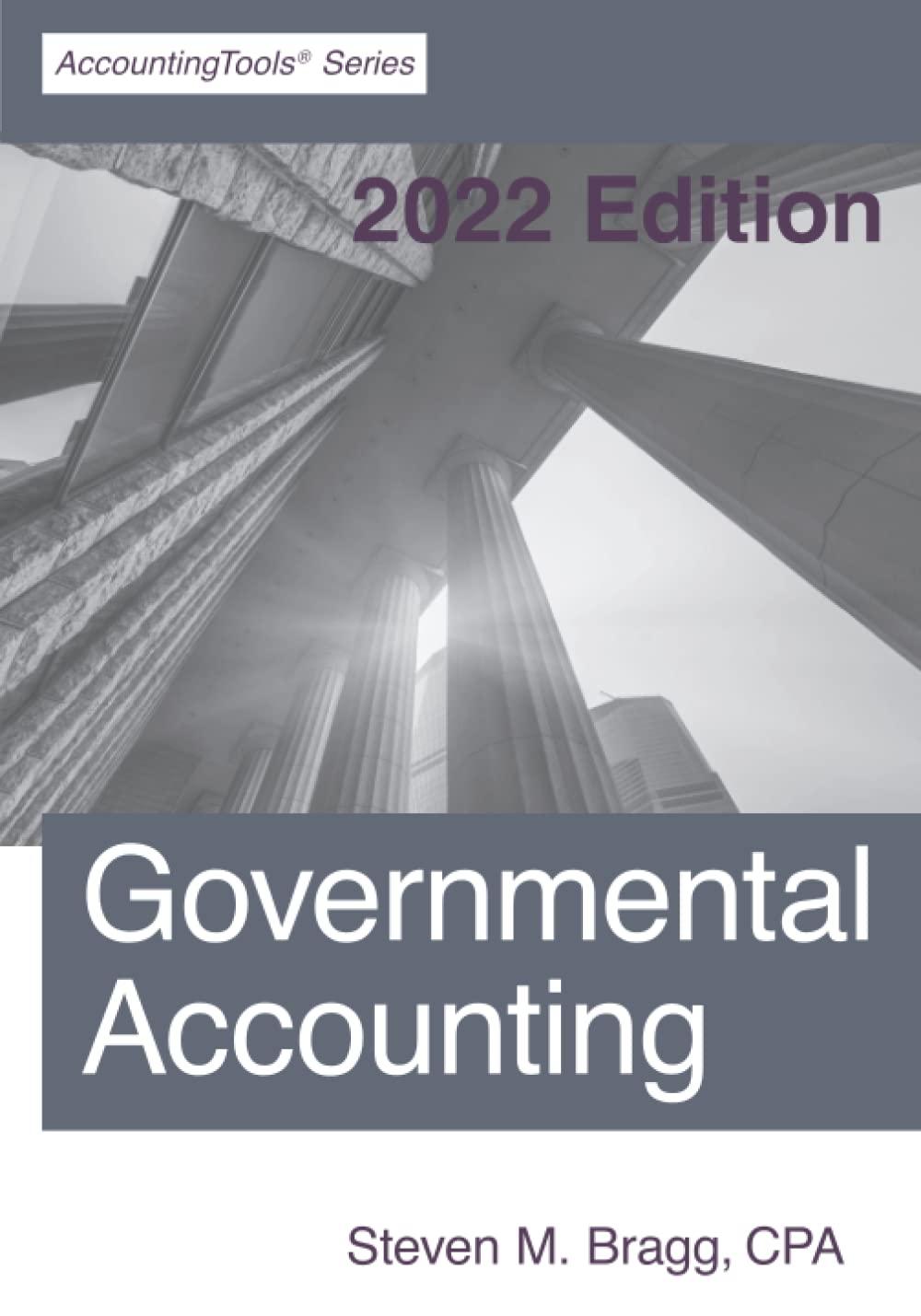1 of 2 ECON 202-HW3 120-Reema Ashuhail - 217006271 1- In year 1. Adum earns $2190 and saves 51290. In year 2. Adam gets a 511210 raise so that he earns a total of 13400. Out of that S13400, he saves S1390. What is Adam's MPC out of his $11210 raise! 2. If a 5645 billion initial increase in spending lead to a 51210 bilio change in real GDP, how big is the multiplier! 3. Complete the accompanying table. (What is the break-even level of income? How is possible for bomeholds to dissave at very low income levels APC APS MPC MPS Level of output and income (GDPD Consumption Saving 5219 -SS 0 269 5 294 10 319 15 3-44 20 369 25 394 30 35 4. Other things being constant, what will be the effect of each of the following on disposable income for real GDP (2) An increase in the amount of liquid assets consumers are holding b) A rapid upsurge in the rate of technological advance (0) Asharp increase in the real interest rate 1- In year 1. Adam carns $2190 and saves 1290. In year 2. Adam gets a 511210 raise so that he earns a total of $13400. Out of that S13400, he saves $1390. What is Adam's MPC out of his $11210 raise? 2. If a $645 billion initial increase in spending leads to a $12150 billion change in real GDP, how big is the multiplier? 3. Complete the accompanying table. (a) What is the break-even level of income? How is it possible for households to dissave at very low income levels? APC APS MPC MPS Level of output and income (GDP-DI) Consumption Saving $219 -55 244 0 269 5 294 10 319 15 344 20 369 25 394 30 419 35 4. Other things being constant, what will be the effect of each of the following on disposable income (or real GDP) (a) An increase in the amount of liquid assets consumers are holding (b) A rapid upsurge in the rate of technological advance (c) A sharp increase in the real interest rate 1 of 2 ECON 202-HW3 120-Reema Ashuhail - 217006271 1- In year 1. Adum earns $2190 and saves 51290. In year 2. Adam gets a 511210 raise so that he earns a total of 13400. Out of that S13400, he saves S1390. What is Adam's MPC out of his $11210 raise! 2. If a 5645 billion initial increase in spending lead to a 51210 bilio change in real GDP, how big is the multiplier! 3. Complete the accompanying table. (What is the break-even level of income? How is possible for bomeholds to dissave at very low income levels APC APS MPC MPS Level of output and income (GDPD Consumption Saving 5219 -SS 0 269 5 294 10 319 15 3-44 20 369 25 394 30 35 4. Other things being constant, what will be the effect of each of the following on disposable income for real GDP (2) An increase in the amount of liquid assets consumers are holding b) A rapid upsurge in the rate of technological advance (0) Asharp increase in the real interest rate 1- In year 1. Adam carns $2190 and saves 1290. In year 2. Adam gets a 511210 raise so that he earns a total of $13400. Out of that S13400, he saves $1390. What is Adam's MPC out of his $11210 raise? 2. If a $645 billion initial increase in spending leads to a $12150 billion change in real GDP, how big is the multiplier? 3. Complete the accompanying table. (a) What is the break-even level of income? How is it possible for households to dissave at very low income levels? APC APS MPC MPS Level of output and income (GDP-DI) Consumption Saving $219 -55 244 0 269 5 294 10 319 15 344 20 369 25 394 30 419 35 4. Other things being constant, what will be the effect of each of the following on disposable income (or real GDP) (a) An increase in the amount of liquid assets consumers are holding (b) A rapid upsurge in the rate of technological advance (c) A sharp increase in the real interest rate








